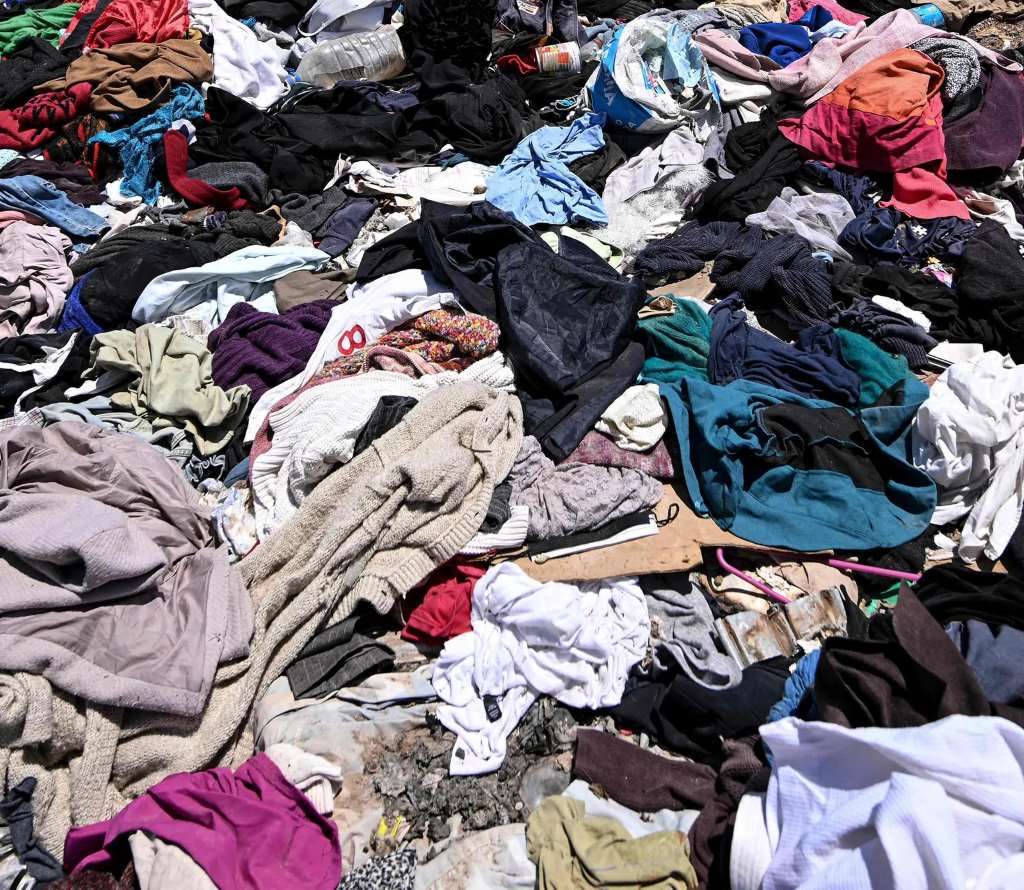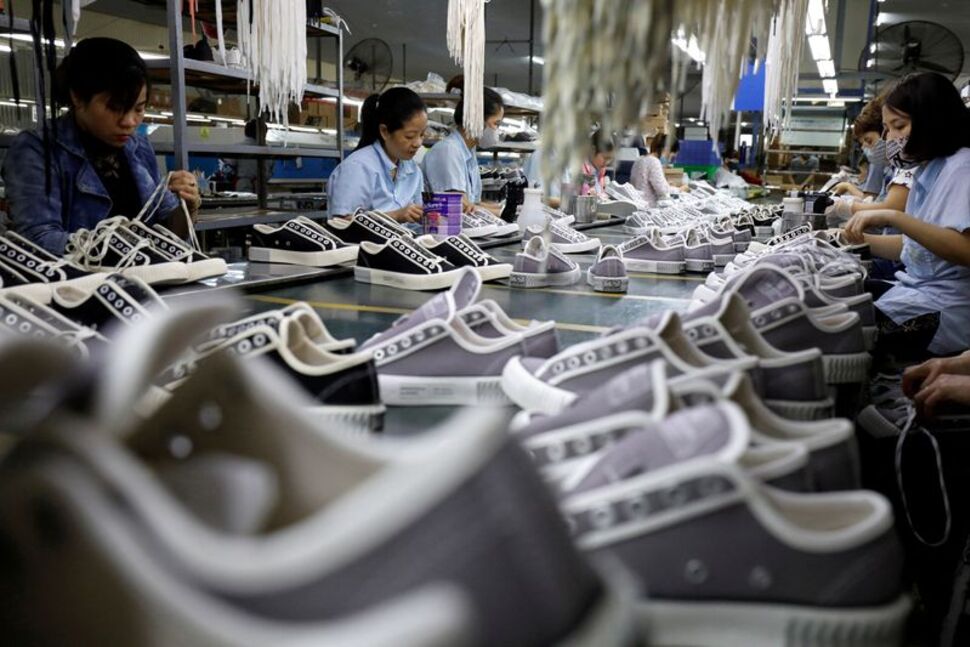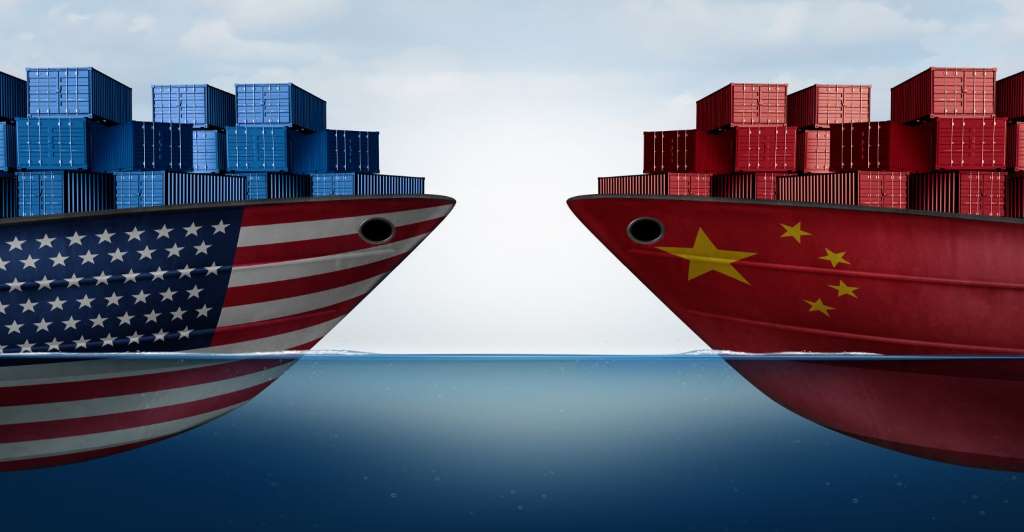FW
Retailers like New Look and Inditex want the Cambodian government to ensure better treatment of garment factory workers in the country. Workers campaigning for an increase in the national minimum wage and improved working conditions in factories have faced detention and intimidation. A series of mass faintings at clothing factories have also highlighted their poor conditions.
Global brands say that if they are to continue sourcing from Cambodia political stability and respect for human and worker rights are essential. In the past few months striking garment workers, who want their monthly minimum wage to double, have faced brutal action by police with at least five workers dead. Some workers involved in the protests have been dismissed and some factory owners have responded to protests with lawsuits against union leaders.
An estimated 4,00,000 people, mostly women, work in Cambodia's garment factories which are the country's biggest export earner. The majority of Cambodia’s exports to the European Union, over 89 per cent, are of textiles such as garments and shoes.
Advocacy groups are urging clothing brands to review their purchasing practices and take action to ultimately end low wages, which are at the root of the bloody demonstrations in Cambodia.
Karl Mayer has developed a series of lace raschel machines committed to beauty and efficiency as well as denim technology from a single source. An improved Jacquardtronic lace machine focuses on patterning diversity. On the MT 51/1/32 machine it is possible to produce the typically Textronic fall plate effects in a more complex and elaborate way. The new pattern beam warper PBW 130"/2 can produce pattern beams with laps that combine a long running length with identical diameters. In this way, it is possible to tap the full potential during the subsequent processing on lace raschel machines.
The ball warper is characterized by a controlled, exact and gentle joining of the yarns to ropes and by a careful lap formation. The laps show an entirely parallel build-up and are of high quality. The long chain beamer joins ropes to warp beams, offering perfect manufacturing quality, high efficiency and easy handling.
All these machines will be displayed by Karl Mayer at ITMA ASIA + CITME, June 16 to 20, 2014. In addition visitors can also get to see the dye trough Variobox and model of the indigo dye-sizing machine Indig-O-Matic. The warp preparation unit will be presented as a competent full-range supplier of the denim technology.
Pakistan's upcoming Union Budget will have relief for the textile sector. The Ministry of Textile wants the restoration of zero-rated sales tax regime for the sector. Pakistan feels the rising labor cost in neighboring countries, including India and Bangladesh, will provide it an edge. In 2005, the no-payment no-refund system was introduced and it not only generated much revenue but stopped fake refunds. Textile exporters have been assured their pending sales tax refund claims will be cleared soon.
Exporters say they are facing a liquidity crunch. They recommend that all refunds should be reimbursed to exporters at the time of export proceeds realization, separate status and top priority be given to export-oriented industries in the supply of power and gas as well as water, and that the textile policy be implemented in letter and spirit.
There is a proposal to transfer the Export Development Fund, which is received from the textile sector, to the ministry of textiles so that it could be spent on research and development. The Ministry of Textiles wants the sector to develop more value-added textile products, which will enable it to tap the international market.
The Society of Dyers and Colorists (SDC) has given this year's innovation award to Novozymes for its Combi process. Novozymes is a biotech company with a strong focus on enzyme production. Its bio solutions enable everything from the removal of trans fats in food to advancements in renewable energy sources.
The Combi process is an innovative solution that uses neutral cellulases rather than acidic cellulases, making it possible for textile manufacturers to combine the biopolishing and bleach clean-up process ( the removal of residual hydrogen peroxide) in the dyeing step, and in turn, saving time, energy, water consumption and ultimately costs when compared to traditional processing.
Combi creates better quality and more durable textiles. Through eliminating the formation of fuzz and pills on fabrics during the dyeing process, consumers can keep clothes looking newer for longer after repeated wash and wear. Novozymes’ innovative solutions have helped textile manufacturers create more durable and high quality textiles for over 60 years. With sustainability continuously growing in importance, Novozymes’ effective biosolutions can help manufacturers create exceptional fabrics that stand out while achieving their sustainability goals.
SDC is the world’s leading educational charity dedicated to advancing the science and technology of color worldwide.
The 5th edition of Tissu Premier Collections, held on May 14 and 15, 2014 at Lille Grand Palais saw 1,797 visitors including buyers, stylists and product managers. Features like new distinct areas grouping exhibitors by sector (fabrics, textiles accessories, textile, design, ready-to-wear and fashion accessories) and a homogenous, easy-to-navigate hall areas were focal points of the event. The show’s compact and condensed presentation of winter 14/15 updates reinforced the practical, B2B-orientated nature of the Tissu Premier Collections.
The latest products from the fabrics and textiles accessories sectors displayed with the rising items of the apparel and accessories collections gave, at a glance, a complete picture of all possible updates for final capsule collections or winter add-ons. The real-time showcase was accompanied by videos showing 3D models in real-life contexts wearing garments made of new fabrics from exhibitors’ collections, all created four ready-to-use colour ranges under the overall real time theme.
Tissu Premier also brought on board leading fashion forecasting agencies, who guided visitors through their last-minute purchases. These included a talk by Dominique Mettraux from Peclers Paris, presenting an analysis of the show’s fabrics offer and highlights of the Forum with regard to brand new offers.
The talks were designed to point towards new avenues of societal reflection, but also to offer pragmatic options for upcoming summer 2015 trends in talks by Carlin, Promostyl and Nelly Rodi.
Most visitors were French (67 per cent of the total) and highly qualified industry professionals, mainly from big retail chains and central purchasing offices and frequently based in northern France. Spanish and Italians also visited the show. Short-term orders and last-minute series were the highlights of Tissu Premier Collections, although exhibitors also offered summer 2015 products to give buyers ample time to fine-tune or rework next season’s collection.
The next edition is scheduled to take place on November 26 and 27, 2014.
With export orders getting diverted to Bangladesh from China and Vietnam due to the ongoing tension between the two, a vista of new opportunities have opened up for Bangladesh denim makers. A rise in demand has forced industry players to think of increasing their production capacity and upgradation.
Bangladesh is the second largest producer of denim products after China and ships around 180 million pieces of denim jeans around the world annually. The country has more than 5,000 factories concentrated around Dhaka and the port city of Chittagong. Players claim that although other apparel segments are facing trouble due to factory compliance issues, denim makers are expected to score owing to a good price range and quality. Bangladesh is expected to fast replace China as the world's biggest denim exporter. The demand for denim goods is increasing, and the European Union (EU), the US and Russia are becoming top denim importing nations.
As per Bangladesh Garment Manufacturers and Exporters Association (BGMEA), due to better quality and a competitive price range, more than 66 international brands including Charles Voegele, G-Star, Jack and Jones, Oliver, River Island, H&M, C&A, PVH and GAP have turned to Bangladesh in the last couple of years. In last 10 months, the country's garment makers exported nearly 150 million pairs of denim jeans in men's and boys’ category.
EDANA, the international association serving the nonwovens and related industries has launched the first two of a series info-graphics, publically available on its website. These show the application of nonwovens in the areas of geotextiles and agriculture applications. According to EDANA, around 750 km of geotextiles nonwovens are manufactured and sold annually, 60 per cent of which are used in the construction of roads. However, if all new roads in EU were built with nonwovens, instead of gravel, the savings in CO2 equivalents would equal driving around the earth’s equator nearly 8,00,000 times. This is because the biggest impact derives from the weight of these materials, with gravel almost 4,000 times heavier than their nonwoven equivalent. Nonwovens mean a stronger road which can be manufactured with fewer materials. By being lighter, thinner and more resource efficient than gravel, nonwoven geotextiles offer both an environmental benefit, and cost savings to the user.
Additionally, nonwovens can bring a big difference to the amount of food produced, or prevent spoilage, once a crop has been harvested. Nonwoven crop covers can also be used again and again, and by increasing production and limiting damage to agricultural crops, nonwovens ensure that what is grown in the field counts.
EDANA serves more than 240 companies across 36 countries in the nonwovens and related industries, helping its members to design their future.
Known for its sugarcane fields, Mauritius is working hard to diversify its economic base. Textile and apparels now account for around 55 per cent of exports compared to 12 per cent for sugar. The country has come a long way from being a producer of basic products to a now vertically integrated supplier of design-led garments. Its major products include T-shirts, lingerie, sportswear, shirts, trousers, denim, suits and pullovers, produced by around 250 manufacturers for export.
Production has shifted from mass to more value-added products. Textile and apparel manufacturers have invested heavily in modern technology to climb the value chain and avoid being crushed by competition from China, Bangladesh, and Sri Lanka.
Mauritius has now become a regional hub for blue-chip corporates and has plans to become a duty-free island. The export sector caters to major markets of the world namely Europe, US and South Africa.
Sustainability is becoming an important aspect of Mauritian textile and apparel manufacturers' operations since that is critical to attract the right buyers. Investments have included new wash and dryer machines, designed to cut the use of energy and water. Key yarns used include organic and fair trade cotton, bamboo and African cotton.
Greenpeace, in its reports has said that they have found trace amounts of potentially hazardous chemicals in World Cup 2014 soccer merchandise released by Adidas, Nike and Puma. The study, which tested 33 products including football boots, shirts and goalkeepers gloves, found concentrations of PFOA in some products above EU regulatory limits and for the first time, sampled items for DMF, a chemical used in the synthetic leather making industry.
With the 2014 World Cup to be held in Brazil just around the corner, Greenpeace will launch its latest study on potentially hazardous chemicals in the textile industry with the roll out of its new report: ‘A Red Card for Sportswear Brands.’ This latest study as a part of its detox campaign tested a total of 33 products including 21 pairs of football boots, seven football shirts, four pairs of goalkeepers’ gloves and one ball, which were bought from 16 different regions around the world. These products from Nike, Adidas and Puma were tested for the presence of perfluorinated chemicals (PFC) and analysed for nonylphenol ethoxylates (NPE) and phthalates. The football boots and ball were analysed for dimethylformamide (DMF).
The reports says that such high levels suggest their deliberate use as a plasticiser, contrary to the corporate policies of brands and above the limits set in their chemicals management programs.
www.nike.com
The differences over inspection of 350 ready-garment (RMG) units selected by both Accord and Alliance for assessment are said to be increasing. While the Accord is sticking to its previous decision to assess all its listed factories, including those which have been overlapped with the Alliance list, the Alliance has decided to inspect the said numbers of factories, except 20 units which have already been assessed by the Accord.
Experts feel that if they both remain firm on their decisions regarding the inspection of common factories, it may lead to some problems including disruption in production activities of a significant number of units. Given the current situation, the matter was raised at a meeting held this week between the government and the stakeholders including representatives from the Accord and the Alliance.
Commerce Secretary Mahbub Ahmed, Labour Secretary Mikail Shipar, envoys from the embassies of the USA, the EU, Canada, the Netherlands and Denmark; BGMEA Vice President Md Shahidullah Azim, BKMEA Vice President Md Hatem, Alliance Managing Director M Rabin and Accord Chief Safety Inspector (CSI) Brad Loewen were present at the meeting held at the commerce ministry. The meeting discussed the updates on the ongoing garment factory assessment programs by Accord, Alliance and BUET. ILO and the labour ministry are also jointly working on modifications required in the database for the garment sector.












